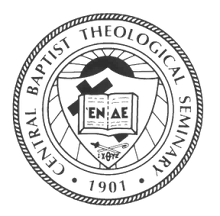Yesterday’s lectionary reading from the Hebrew Bible had a lengthy
narration of the procession of the Ark of God from Baale-judah to the city of
David, the appropriate home for the symbol of the presence of God among the
people. Scholars generally agree (can
you imagine?!) that the installment of the Ark in Jerusalem was a pivotal move
in consolidating David’s reign.
The most memorable part of this story is David’s
exhilaration at this process, which he celebrates in uninhibited dance. While we do not know exactly what he had on
as he danced before the Lord, his wife is not amused, but rather quite
disgusted by his public display. This
heated confrontation with Michal definitively signals the end of King Saul’s
rule, the era of her father.
Religious and civil symbols hold great power, and their
numinous influence captivates history and identity. The story of the transfer of the Ark of the
Covenant reveals how seriously humans must take an entity that conveys a
connection to the holy. When Uzzah
attempted to steady the Ark after the oxen had stumbled, he was struck dead for
merely touching it (2 Samuel 6:6-7).
This past Friday morning America witnessed an historic
event, the lowering of the Stars and Bars, a vestige of racial oppression. I was privileged to observe the event in a
room pretty evenly divided between African American and European American
Baptist leaders, and we suspended our agenda to gather together for this
dramatic occasion.
Observing the event with my revered sister, Rev. Dr.
Trinette McCray, held special significance for me. While our experience of racism has been
different given our social location, our desire for the dream of a beloved
community draws us together in hope.
Sighs and tears accompanied our riveted attention to the
meticulous and respectful transfer of the flag from over the South Carolina
statehouse to a museum. This emblem of
Southern memory, and for some, contemporary pride, was freighted with too much
baggage to continue to fly.
Symbols have their seasons. The Ark of God is not a continuing emblem of
the presence of God in Christian theology; the Incarnate One, Jesus the Christ,
eclipses the earlier sign of God’s accompaniment. It is his life that allows us to draw near to
God, as the whole of the Epistle to the Hebrews declares. For clarifying events in our civil and our
religious life, we give thanks.
Molly T. Marshall
Central prepares women and men
for seeking God, shaping church, and serving humanity.




No comments:
Post a Comment